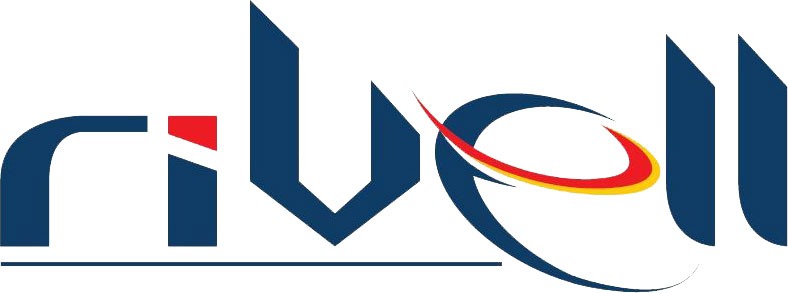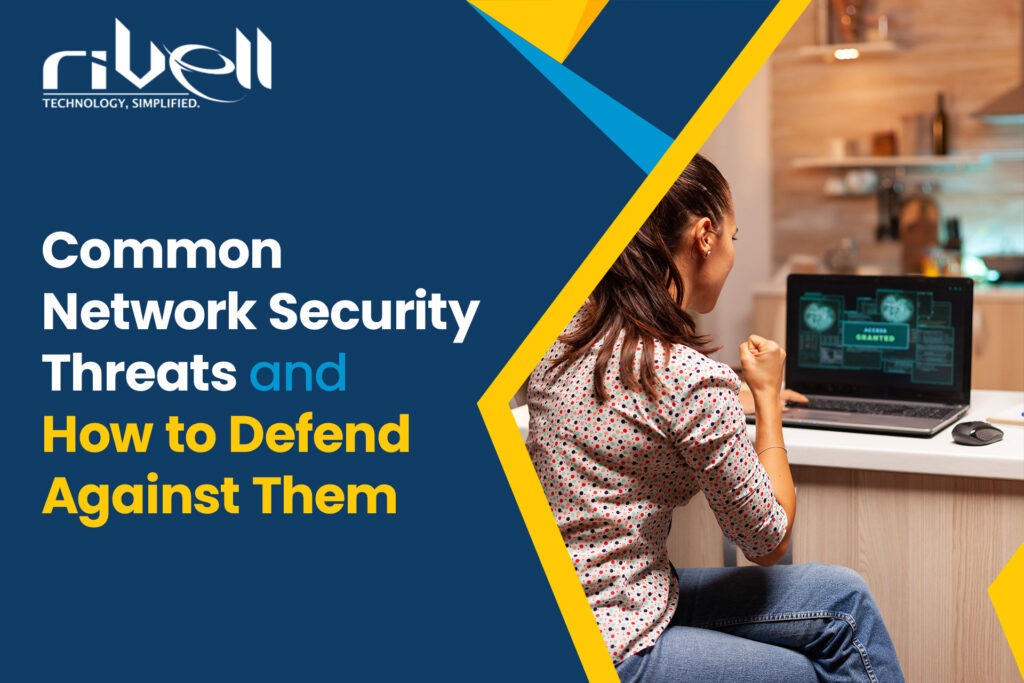Introduction
In today’s interconnected digital world, network security has become a critical concern for businesses and individuals alike. Cyber threats are on the rise, constantly evolving and becoming more sophisticated. It is essential to understand the common network security threats and have effective defense strategies in place. In this comprehensive guide, we will explore some of the most prevalent network security threats and provide actionable steps to defend against them.
1. Phishing Attacks
Phishing attacks are a common and pervasive threat to network security. They involve the use of deceptive emails, messages, or websites to trick users into revealing sensitive information such as passwords, credit card details, or personal data. To defend against phishing attacks:
A. Educate and Train Users:
Implement a comprehensive security awareness program to educate employees and users about the various types of phishing techniques. Train them to be cautious while clicking on suspicious links or providing personal information.
B. Implement Email Filters and Spam Detection:
Utilize advanced email filtering systems that can identify and block phishing attempts. This helps prevent malicious emails from reaching users’ inboxes and reduces the risk of successful phishing attacks.
C. Keep Software Up-to-Date:
Regularly update and patch operating systems, web browsers, and email clients. By keeping software up-to-date, you can mitigate vulnerabilities that attackers exploit for phishing attempts.
2. Malware Infections
Malware is a term encompassing various types of malicious software, including viruses, worms, ransomware, and spyware. Malware infections can cause significant damage to network infrastructure, compromise sensitive data, and disrupt business operations. To defend against malware infections:
A. Use Robust Antivirus and Anti-Malware Solutions:
Install reputable antivirus and anti-malware software on all network devices, including computers, servers, and mobile devices. Regularly update these solutions and enable real-time scanning to detect and remove malware promptly.
B. Implement Application Whitelisting:
Utilize application whitelisting techniques to allow only authorized and trusted software to run on network devices. This helps prevent the execution of malicious programs that may compromise the network.
C. Practice Secure Web Browsing:
Encourage safe browsing habits, such as avoiding suspicious websites, not clicking on unknown links, and being cautious while downloading files. Implement web filtering solutions that can block access to malicious or compromised websites.
3. Distributed Denial of Service (DDoS) Attacks
DDoS attacks aim to overwhelm a network, server, or website by flooding it with a massive volume of traffic from multiple sources. These attacks can disrupt network operations, rendering services unavailable to legitimate users. To defend against DDoS attacks:
A. Use DDoS Mitigation Services:
Implement DDoS mitigation services or partner with a reliable DDoS protection provider. These services employ advanced traffic analysis techniques to detect and filter out malicious traffic, ensuring that legitimate traffic reaches its intended destination.
B. Deploy Load Balancers and Firewalls:
Utilize load balancers and firewalls to distribute network traffic evenly across multiple servers and protect against DDoS attacks. Load balancers help maintain service availability during high traffic periods, while firewalls can detect and block suspicious traffic.
C. Monitor Network Traffic:
Implement network monitoring tools to continuously monitor network traffic for any abnormal patterns or spikes that may indicate an ongoing DDoS attack. Prompt detection allows for quick mitigation and minimizes potential downtime.
4. Insider Threats
Insider threats are security risks that originate from within an organization, either unintentionally or maliciously. This can include employees, contractors, or partners with authorized access to the network. To defend against insider threats:
A. Implement Least Privilege Principle:
Grant employees and users only the necessary level of access required to perform their job responsibilities. Regularly review and update the access privileges based on changing roles and responsibilities.
B. Employee Education and Awareness:
Educate employees about the importance of network security, data protection, and the potential risks associated with insider threats. Promote a culture of security awareness and encourage employees to report any suspicious activities.
C. Monitor and Audit User Activity:
Implement robust user monitoring and auditing mechanisms to track user activity on the network. This helps identify any unusual or unauthorized behavior that may indicate an insider threat. Regularly review and analyze logs to detect anomalies and take appropriate action.
D. Data Loss Prevention (DLP) Solutions:
Deploy DLP solutions that monitor and control the flow of sensitive data within the network. These solutions can detect and prevent unauthorized attempts to access or exfiltrate sensitive information.
5. Weak Passwords and Authentication
Weak passwords and inadequate authentication mechanisms pose significant security risks. Attackers often attempt to exploit weak passwords or circumvent authentication processes to gain unauthorized access to the network. To defend against these threats:
A. Enforce Strong Password Policies:
Implement and enforce strong password policies that require users to create complex passwords and regularly update them. Encourage the use of password managers to generate and store secure passwords.
B. Multi-Factor Authentication (MFA):
Implement MFA solutions that require users to provide additional authentication factors, such as biometrics, tokens, or one-time passwords, in addition to their passwords. MFA adds an extra layer of security, making it harder for attackers to compromise user accounts.
Read More : Best Practices for Implementing Multi-Factor Authentication
C. Network Segmentation:
Segregate the network into different segments or zones based on security requirements. Implement strict access controls and firewalls to restrict unauthorized access between network segments, reducing the potential impact of a security breach.
D. Regularly Update and Patch Systems:
Keep operating systems, software, and firmware up-to-date with the latest security patches. Regularly applying updates helps address known vulnerabilities and strengthens the overall security posture of the network.
Conclusion
Network security threats are a constant challenge in today’s interconnected world. By understanding the common threats and implementing effective defense strategies, businesses can significantly reduce the risk of security breaches and protect sensitive data. It is crucial to stay proactive, continuously educate employees, and leverage robust security solutions to defend against evolving threats. Regular security assessments, vulnerability scanning, and network monitoring can help identify and address potential vulnerabilities before they are exploited. Remember, network security is an ongoing process that requires continuous evaluation, improvement, and adaptation to stay one step ahead of cybercriminals.
At Rivell, we understand the critical importance of network security in today’s digital landscape. As a trusted provider of comprehensive network security solutions in NJ, we are committed to helping businesses defend against common network security threats effectively. With our expertise and cutting-edge technologies, we empower organizations to safeguard their networks and protect valuable assets.
Why Choose us for Network Security?
- Tailored Solutions
- Advanced Threat Detection
- Comprehensive Defense Strategies
- Expert Support and Consultation
- Ongoing Monitoring and Maintenance
Contact us today to learn more about our network security solutions and how we can help defend your organization against common network security threats. Together, let’s build a secure and resilient network environment.









